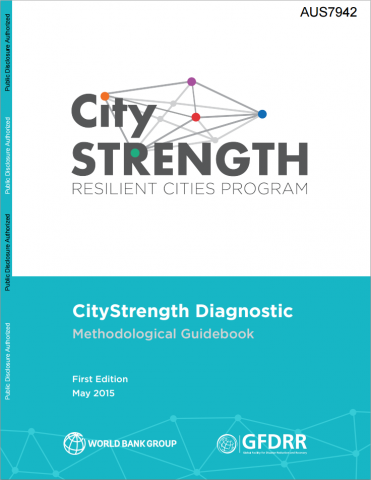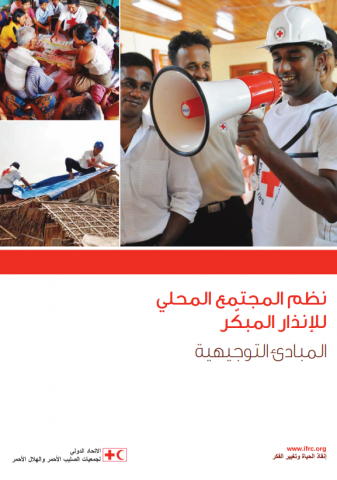نظم المجتمع المحلي للإنذار المبكر: المبادئ التوجيهية


لقد تراجعت نسبة الخسائر البشرية والمادية في الكوارث خلال الثلاثين سنة الماضية بفضل نظم الإنذار المبكر المحسنة حيث إن العديد منها ذات «تكنولوجيا عالية». كما أن التقدم العلمي قد أحدث ثورة في ما يختص بتوقع الخطر وتكنولوجيات التواصل المستخدمة للتحذير. وعلى الرغم من ذلك، لا ينفك الاتحاد الدولي لجمعيات الصليب الأحمر والهلال الأحمر بالتوصل إلى مقاربة ترتكز أكثر إلى الناس كونها ضرورية لضمان إيصال المعلومات والتحذيرات الملتقطة بواسطة الأقمار الصناعية والحواسيب وغيرها من أنواع التكنولوجيا إلى المجتمعات المحلية الأكثر هشاشة التي يمكنها حينها أن تتصرف على أساس ما تتلقاه من معلومات.
وتجدر الإشارة إلى أن التحذير المبكر وحده لا يحول دون تحول الخطر إلى كارثة، من هنا تنبع ضرورة العمل المبكر الذي يغطي كل الجداول الزمنية ما يعتبر استثمارا للمستقبل وقد أثبت فعاليته في التخفيف من مفاعيل الكوارث.
الاتحاد الدولي لجمعيات الصليب الأحمر والهلال الأحمر
